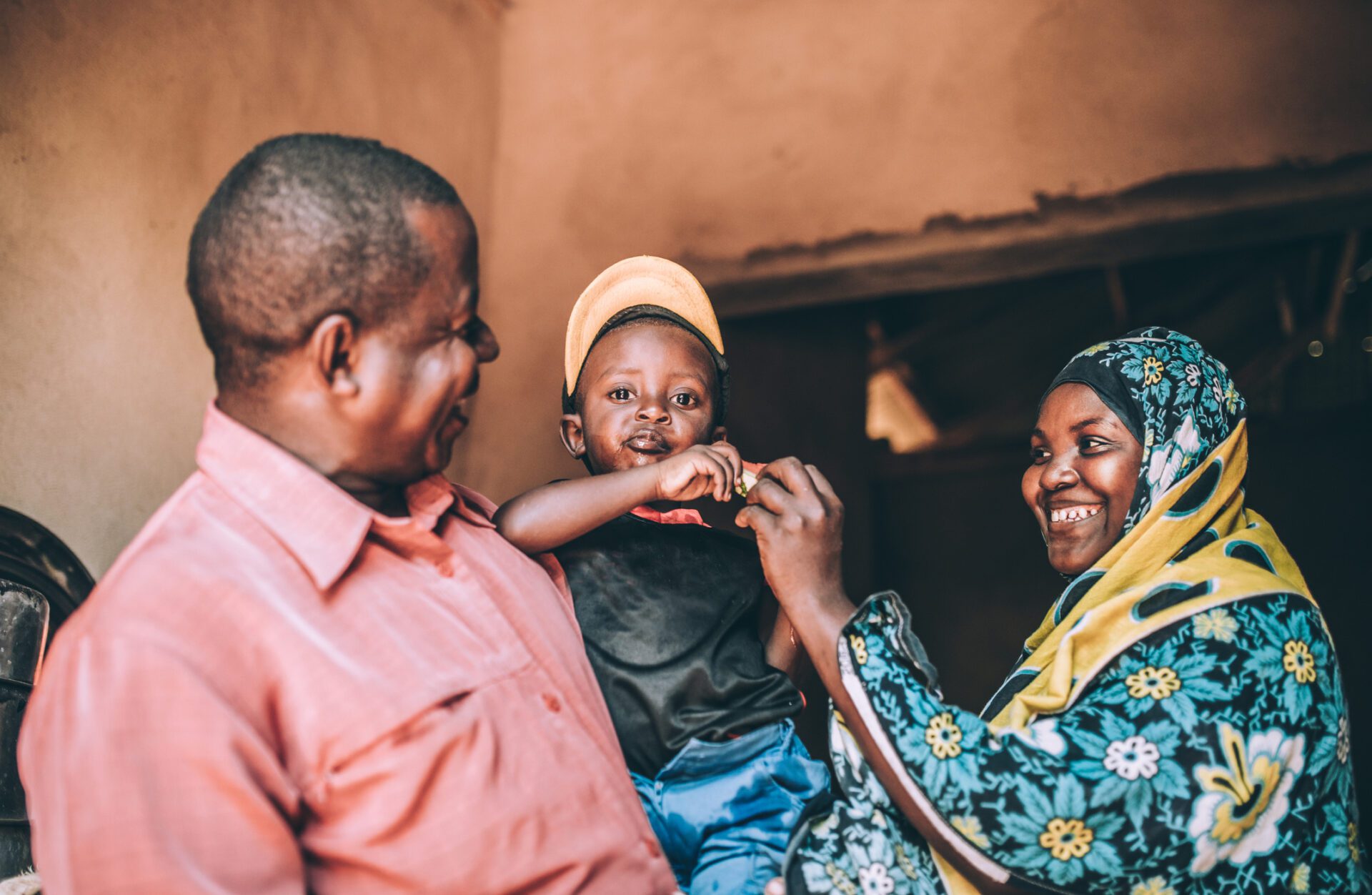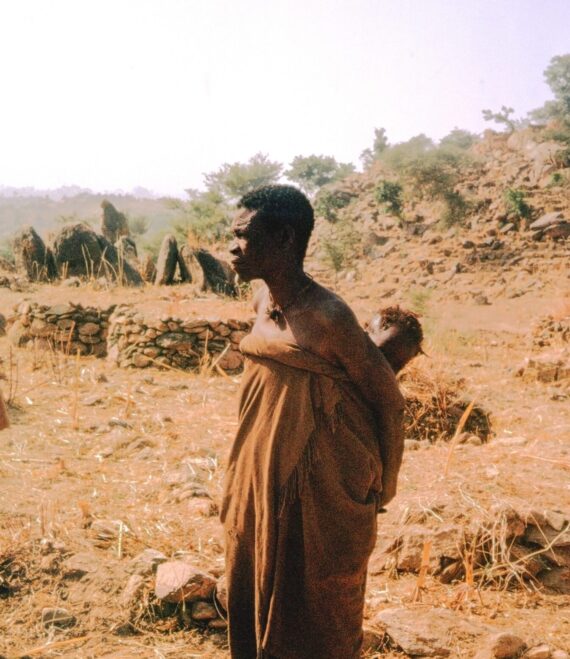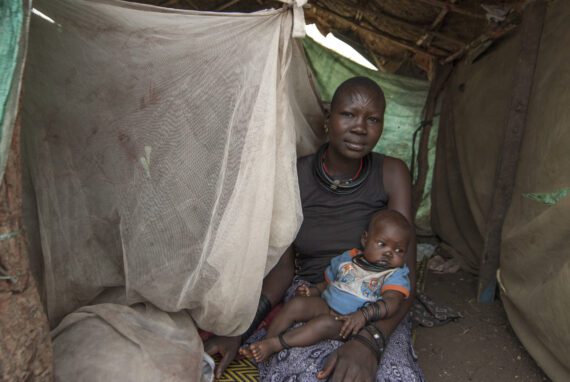By Syeda Lamia Hossain
At the end of February 2024, the United Nations International Children’s Fund (UNICEF) Somalia projected that of Somalia’s 17 million people, 4.3 million children and 2.1 million women will need lifesaving humanitarian assistance in 2024.
The UN Office for the Coordination of Humanitarian Assistance (OCHA) is seeking support for its 2024 plan to target assistance to those most in need, which will cost $1.6 billion. As of March 10, 2024, only 8.2 percent of the needed funding had been received.
Approximately 1.7 million children aged 6 months to 5 years may face acute malnutrition before the end of the year. A shocking number of young children in this group—430,000—are at high risk of developing Severe Acute Malnutrition (SAM), which is fatal if not treated in time.
Somalia’s recent history of hunger crises, near-famine conditions, and famine makes this estimate truly frightening. In 2011, the world’s first famine of the 21st century occurred in Somalia. According to the Famine Early Warning Systems Network (Fews Net), the death toll was approximately 260,000, of whom half were children younger than 5. Researchers found that in the central and southern parts of the country, 10 percent of all children under 5 died. In the hardest-hit areas, the death rate rose as high as 18 percent.
The last time regions of Somalia were united under a central government was in 1991.Thereafter, residents suffered through years of conflict among many armed factions. The fighting has forced tens of thousands of people to leave their homes to avoid being trapped behind one of the front lines, unable to access food. Most of the displaced people—80 percent—are women and children. They face what the United Nations calls “significant protection risks,” which others may call the constant fear of attacks from armed men who perpetrate physical violence, sexual assault, and/or murder.
Qumaan, a resident of Kaharey camp in Doolow District, expressed her concern about the risk of crocodile attacks while she and her companions fetched water from the river. The country’s ongoing severe drought forced Qumaan to leave her home in Wajiid District in Bakool, southern Somalia, and come to the displaced persons’ camp for assistance. Flooding as well as drought has affected her home region. Many wells are now contaminated as a result of the flooding.
In the Fragile States Index (FSI)’s 2023 analysis, Somalia was ranked the most fragile state in the world. The tool uses twelve indicators to measure a country’s fragility, ranging from whether the government exercises control over its territory to its capacity to provide public services, to demographic pressures. Some of the indicators of fragility are similar to aspects of two of the main causes of hunger—climate change and conflict.
Analysts who monitor hunger crises to help humanitarian organizations prepare their responses noted, “Despite funding constraints and scaling down, humanitarian assistance has continued to play a critical role in preventing the worsening of food security and nutrition outcomes in many areas throughout 2023. However, high levels of food insecurity and acute malnutrition will persist through at least mid-2024 if additional funding is not secured to scale up and sustain humanitarian assistance.”
Despite the many problems the country has faced, Somalia has had successes as well. In December 2023, the country completed its Heavily Indebted Poor Countries (HIPC) Initiative process. The creditor nations, including the United States, Japan, and Russia, cancelled more than $2 billion of Somalia’s debt, which equates to 99% of the total amount owed.
“Through our enabling reforms, we have consistently raised domestic revenue, strengthened public financial management, improved good governance and central banking operations, and enhanced the capacity of our national institutions. We will build on these successes going forward.”- Somalia’s Minister of Finance, H.E. Bihi Iman Egeh
Somalia has also been accepted into the East African Community (EAC) after years of advocating. The EAC’s eight member states are Burundi, the Democratic Republic of Congo, Kenya, Rwanda, Somalia, South Sudan, Uganda, and Tanzania. One-fourth of the population of Sub-Saharan Africa now lives in the EAC, which has established a free trade zone and promotes economic development.
Bread for the World hosts a Hunger Hotspots Briefing Series as part of its education and advocacy to end hunger. The series enables participants to hear directly from humanitarian assistance workers in some of the countries hit hardest by the global hunger crisis, as well as to learn more about the root causes of hunger. In September 2024, UNICEF will discuss its work in Somalia and describe some of its successes and challenges. Please stay tuned for more information on the briefing.
Syeda Lamia Hossain is a global hunger fellow, Policy and Research Institute, with Bread for the World.



